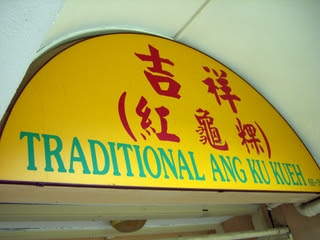 I had the good fortune of being invited to the New Year party of the Xiang Lin Musical Association on the 8th Day of Chinese New Year.
I had the good fortune of being invited to the New Year party of the Xiang Lin Musical Association on the 8th Day of Chinese New Year.Nested in a very cosy attic of this restored house along Bukit Pasoh, it was almost like a family gathering with the elders sitting and enjoying the Nan Yin songs and musics sung by the elder and young. The orchestra was made up of mainly youngsters! It was certainly heartening to see so many youngsters playing the Chinese musical instruments, some of which are distinctly Nan Yin. And that they were also singing the Nan Yin songs in the ancient Hokkien dialect.

Xiang Lin is no stranger to many in the arts circle as could be demonstrated by the number of awards and momentos that they have received.
Many friends at the party enjoyed the music and songs, while enjoying the food as well.
If you have yet to see or hear Nan Yin, go to Tian Hock Keng (Tian Fu Gong) at Telok Ayer St on 15th Day of Chinese New Year (4 Mar 07) at 7.30pm to enjoy the music and songs in the wonderful atmosphere of the temple. And if you do spot some bats flying around, you have the additional luck too!












